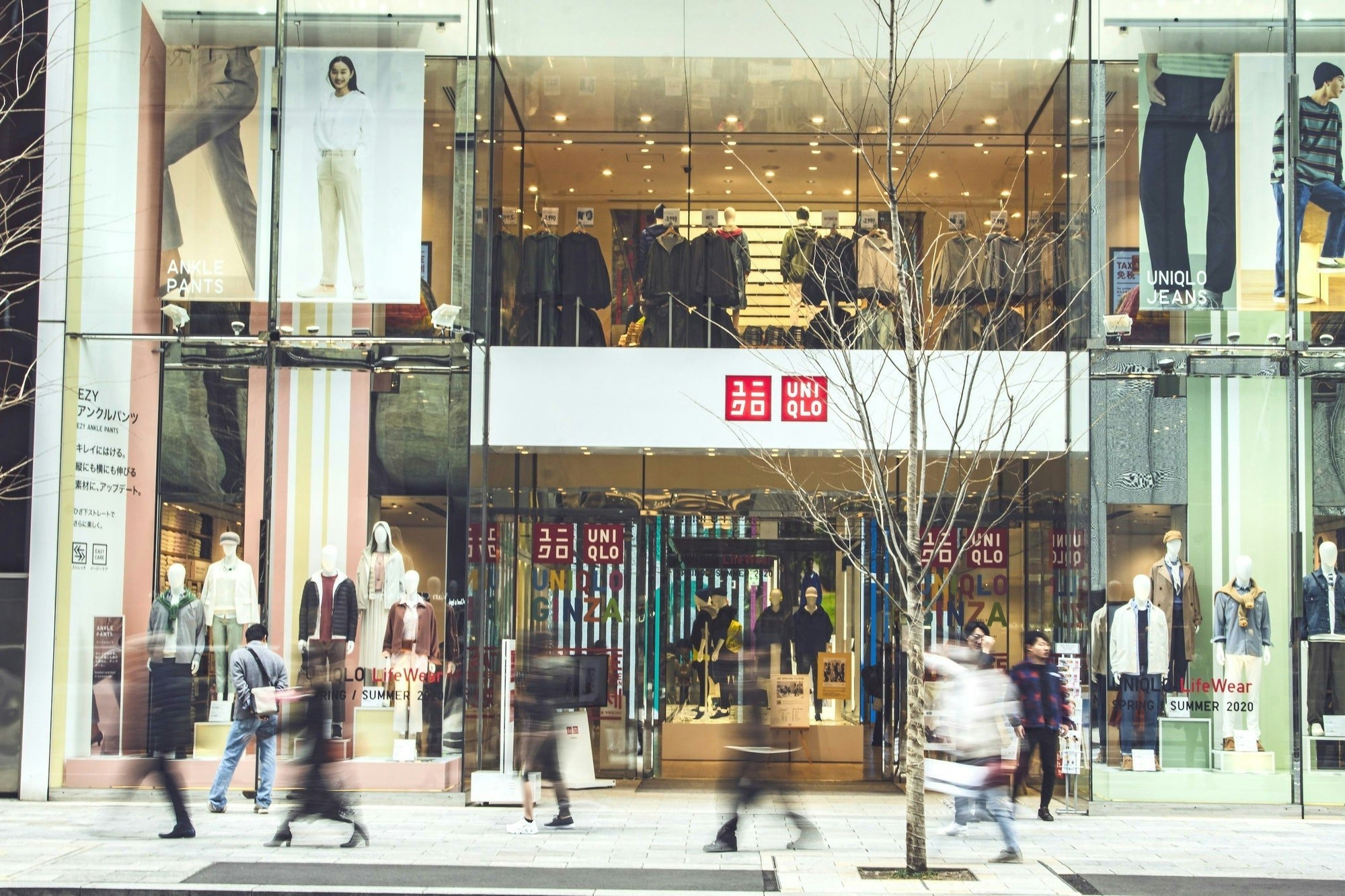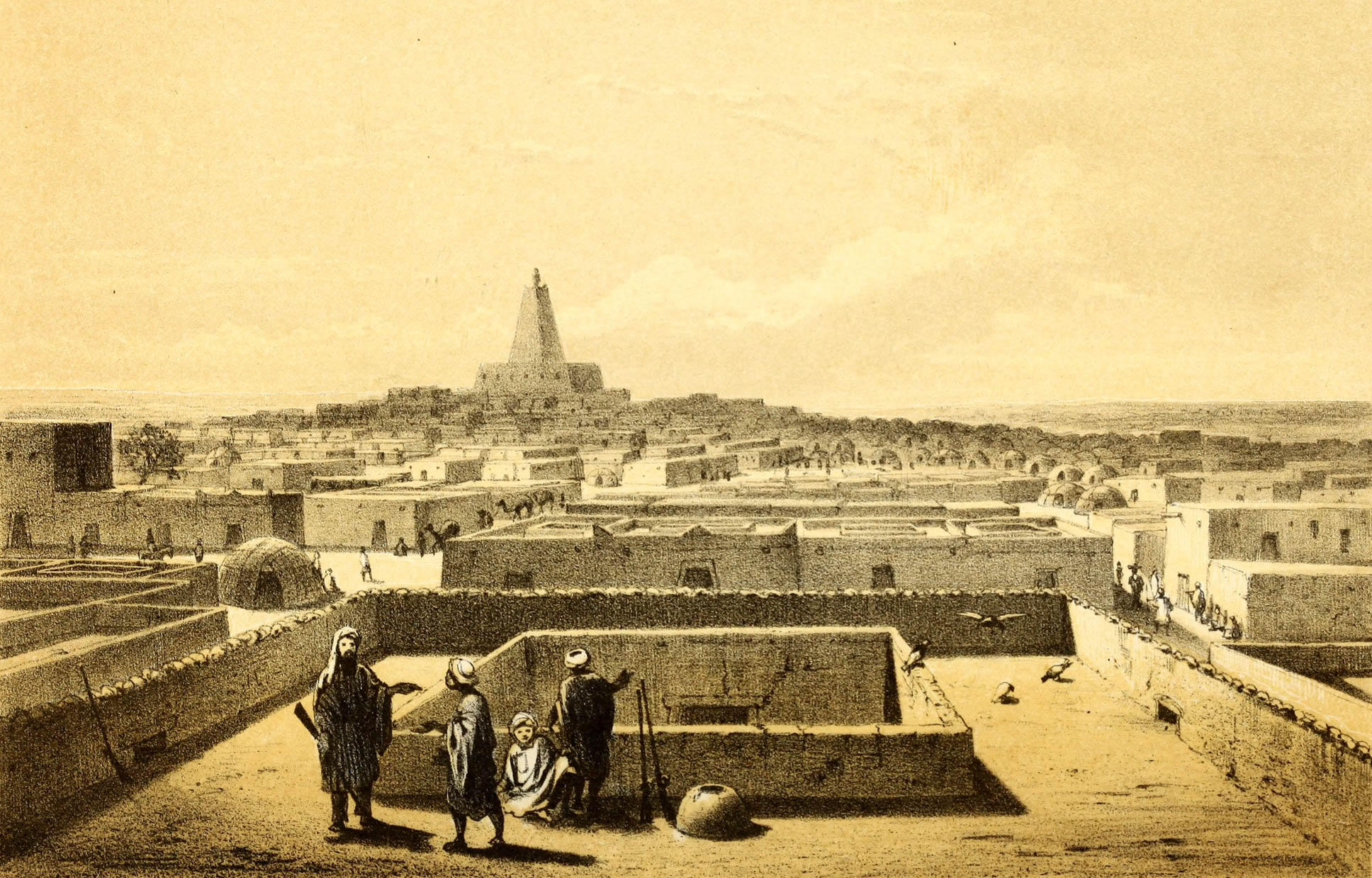Zoomacademia.com – Uniqlo, the renowned Japanese apparel retailer, has transformed the global fashion landscape with its commitment to quality, simplicity, and affordability. Known for its casual wear and innovative materials, Uniqlo has become synonymous with functional fashion. This article explores the history of Uniqlo, from its humble beginnings to its rise as a global retail powerhouse.
1. Origins: The Birth of Uniqlo
Uniqlo’s story begins in 1949 when Tadashi Yanai opened a men’s clothing shop called “Ogori Shoji” in Ube, Yamaguchi Prefecture, Japan. Initially, the store sold high-quality clothing at affordable prices, catering primarily to local customers. As the business grew, Yanai recognized the need for a more modern retail concept.
In 1984, the first “Uniqlo” store was launched in Hiroshima. The name “Uniqlo” is a contraction of “Unique Clothing Warehouse,” reflecting the brand’s focus on offering a wide range of quality clothing at reasonable prices. The concept quickly resonated with consumers, leading to the expansion of the brand across Japan.
2. Rapid Expansion in Japan
During the late 1980s and early 1990s, Uniqlo experienced significant growth, driven by its innovative approach to casual clothing. The brand positioned itself as a leader in “basic wear,” emphasizing simplicity and functionality. Uniqlo’s marketing strategy focused on creating a strong identity through advertising campaigns featuring everyday people, which helped foster a loyal customer base.
By the mid-1990s, Uniqlo had opened over 100 stores across Japan, and the brand began to experiment with new products and materials. One of its most notable innovations was the introduction of the “HEATTECH” line in 2003, a collection of thermal underwear designed to keep wearers warm in cold weather. This groundbreaking product further solidified Uniqlo’s reputation for quality and innovation.
3. Going Global
In 2001, Uniqlo made its first international move by opening a store in London, UK. This marked the beginning of the brand’s expansion into global markets. While the initial attempt in London faced challenges, Uniqlo learned valuable lessons about tailoring its offerings to different cultures and consumer preferences.
In 2005, Uniqlo launched its first store in the United States, opening in New York City. This store featured a bold, modern design and showcased the brand’s signature basics. Despite initial struggles in the U.S. market, Uniqlo continued to refine its approach and expand its presence, ultimately finding success with a focus on quality and affordability.
4. Innovative Collaborations and Campaigns
Uniqlo’s success can be attributed not only to its innovative products but also to strategic collaborations with renowned designers and brands. In 2006, Uniqlo launched its “Uniqlo U” line in collaboration with French designer Christophe Lemaire, blending high fashion with everyday wear. This partnership introduced limited-edition collections that garnered significant attention and elevated the brand’s status.
Uniqlo continued to expand its collaboration portfolio with partnerships featuring famous artists, designers, and brands. Notable collaborations include collections with JW Anderson, Alexander Wang, and even the popular animated character Peanuts. These partnerships helped Uniqlo reach a diverse audience and keep its offerings fresh and exciting.
5. Sustainability and Innovation
In recent years, Uniqlo has increasingly focused on sustainability and innovation in its operations. The brand aims to reduce its environmental impact through various initiatives, such as using recycled materials, implementing sustainable manufacturing practices, and promoting responsible consumption.
In 2019, Uniqlo launched the “RE.UNIQLO” program, encouraging customers to recycle their used clothing. The program aims to reduce waste and promote a circular economy within the fashion industry. By encouraging customers to recycle and reuse, Uniqlo is taking steps toward a more sustainable future.
6. The Current Landscape
Today, Uniqlo is a global retail giant, with over 2,300 stores in more than 25 countries. The brand’s headquarters are located in Tokyo, Japan, and it is a subsidiary of Fast Retailing Co., Ltd., one of the largest apparel retail companies in the world.
Uniqlo continues to focus on its core principles of quality, affordability, and functionality while expanding its product offerings to include activewear, loungewear, and seasonal collections. The brand’s commitment to customer satisfaction and innovation ensures its relevance in an ever-evolving fashion landscape.
Conclusion
From its humble beginnings in Japan to its rise as a global fashion powerhouse, Uniqlo has made a significant impact on the retail industry. With its focus on quality, innovative materials, and sustainable practices, Uniqlo remains a favorite among consumers worldwide. As the brand continues to expand its presence and adapt to changing market dynamics, its commitment to providing functional, stylish clothing for everyone remains steadfast. The history of Uniqlo is a testament to the power of innovation, adaptability, and a deep understanding of consumer needs in the ever-evolving world of fashion.







